Outdoor advertising remains one of the most effective ways to catch the public’s attention. Whether it’s a billboard on a busy street or signage at an outdoor event, your material choice greatly affects durability, print quality, and overall campaign success. Among the most popular materials are Direct Print Fabric and Frontlit Banner Material. But which one is the best for your campaign?
In this blog post, we’ll compare both materials in terms of quality, durability, cost, visual impact, and use cases to help you decide the most suitable option for your outdoor advertising needs.

What is Direct Print Fabric?
Direct print fabric is a textile-based material that’s printed directly using UV or dye-sublimation techniques. These fabrics are soft, flexible, and allow light to pass through, making them great for displays where a natural look and vibrant colors are essential.
Advantages of Direct Print Fabric:
- Lightweight and easy to transport
- Excellent color saturation and vibrancy
- Eco-friendly and reusable
- Wrinkle-resistant and smooth finish
Disadvantages:
- Higher cost than vinyl
- Less durable in extreme weather
- Requires professional installation in many cases
What is Frontlit Banner Material?
Frontlit banner material, usually made from PVC (polyvinyl chloride), is designed to reflect light off its surface, making it perfect for banners lit from the front. This type of material is widely used in billboards, street advertising, and construction signs.
Advantages of Frontlit Banner Material:
- Weather-resistant and durable
- Affordable and cost-effective
- Suitable for high-traffic outdoor locations
- Great print clarity and definition
Disadvantages:
- Heavier and more rigid than fabric
- Can crease and tear over time
- Less eco-friendly compared to fabric
Comparison Table: Direct Print Fabric vs. Frontlit Banner Material
| Feature | Direct Print Fabric | Frontlit Banner Material |
| Durability | Moderate | High |
| Color Vibrancy | Excellent | Very Good |
| Weather Resistance | Moderate | Excellent |
| Eco-Friendliness | High | Low |
| Cost | Higher | Lower |
| Ease of Installation | Moderate | Easy |
| Reusability | High | Low to Moderate |
Use Cases for Direct Print Fabric
- Trade shows and exhibitions
- Retail window displays
- Stage backdrops and events
- High-end promotional banners
Use Cases for Frontlit Banner Material
- Construction site signage
- Billboard and roadside ads
- Storefront promotions
- Festival and event signage
FAQs
Q1: Is direct print fabric weatherproof?
A: It is moderately weather-resistant, but not ideal for long-term exposure to harsh conditions.
Q2: Can frontlit banners be used indoors?
A: Yes, frontlit banners can be used indoors, but they are best for outdoor visibility with external lighting.
Q3: Which material is more eco-friendly?
A: Direct print fabric is more eco-friendly, especially when printed using water-based inks.
Q4: What’s the lifespan of frontlit banner material outdoors?
A: Typically 1-3 years, depending on environmental conditions.
Q5: Can I reuse direct print fabric banners?
A: Yes, they are designed for multiple uses and storage with minimal wear.
Conclusion
Choosing between Direct Print Fabric and Frontlit Banner Material depends on your specific advertising needs. Direct print fabric is your best bet if you need a premium, reusable, eco-conscious solution for short-term displays. However, if you’re looking for cost-effective, durable signage to withstand tough weather and outdoor exposure, frontlit banner material is a better option.
Evaluate your goals, environment, and budget carefully before selecting the ideal medium for your outdoor campaign. By making the right choice, you ensure that your advertising not only stands out but also lasts.
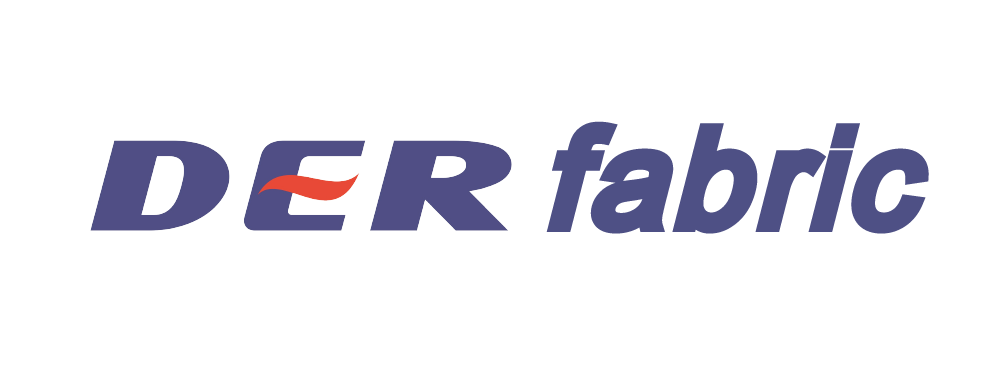

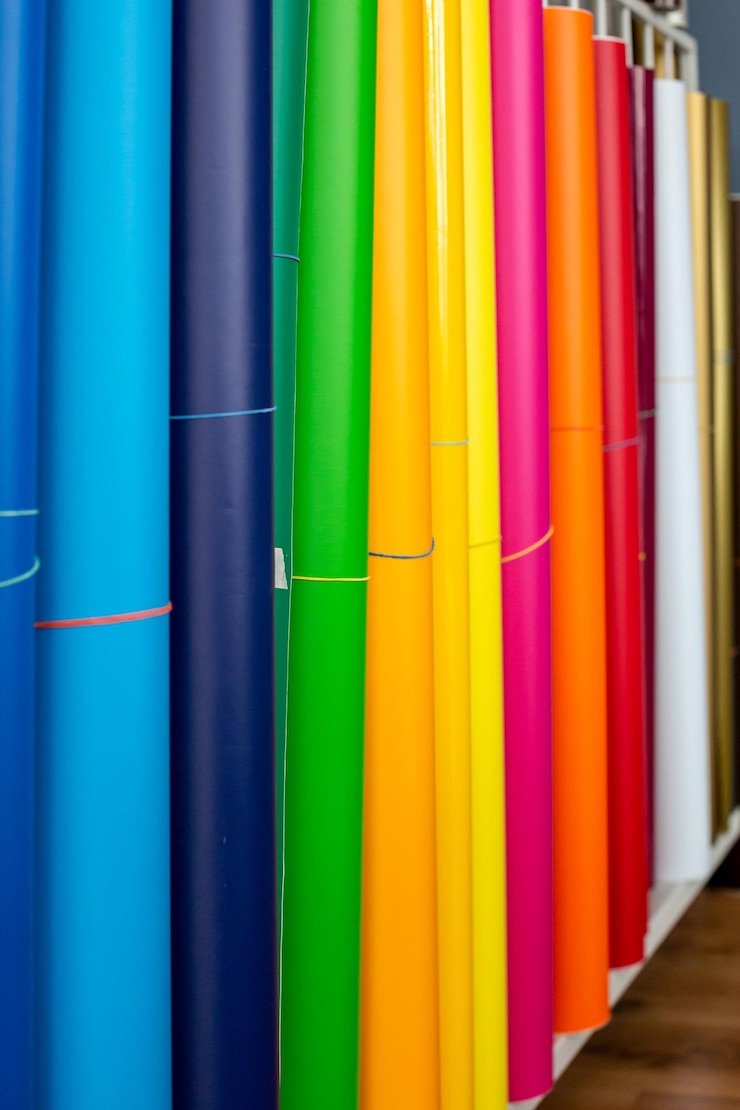
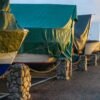


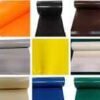
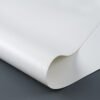


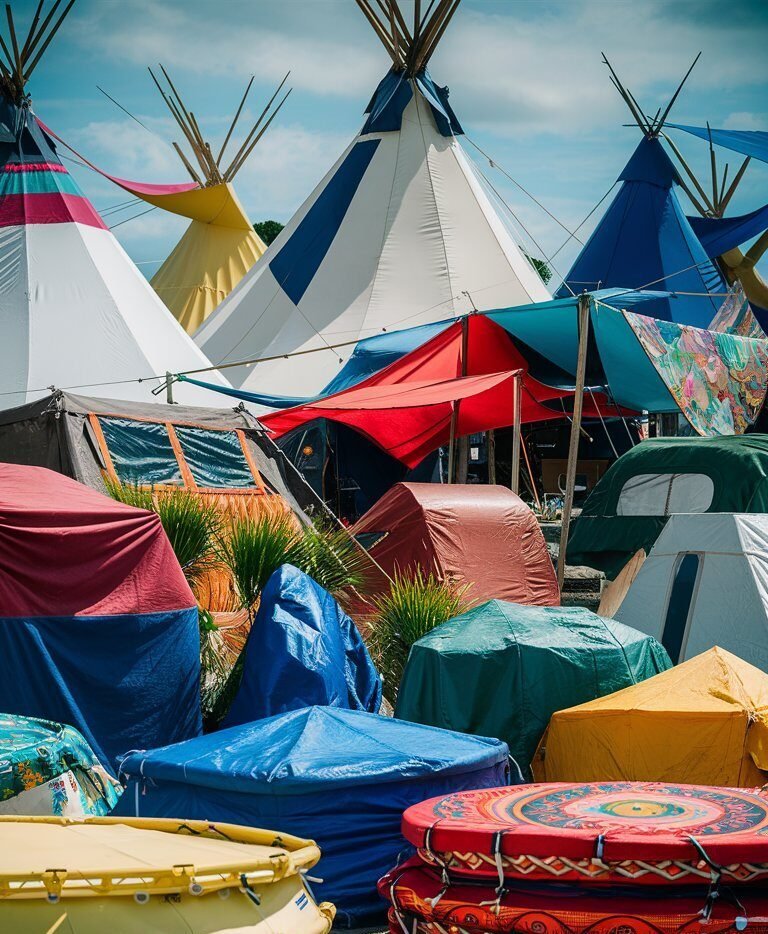
Leave a reply